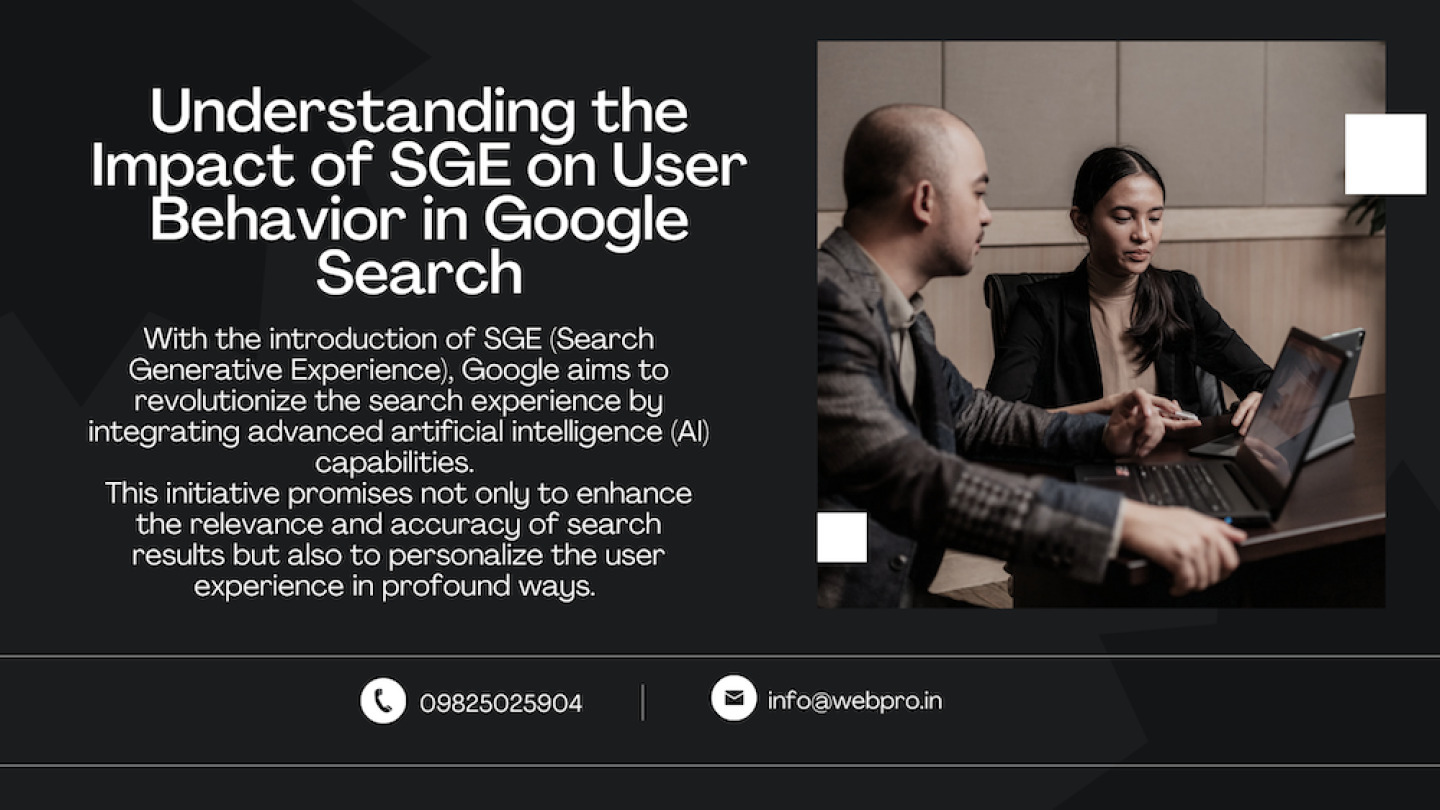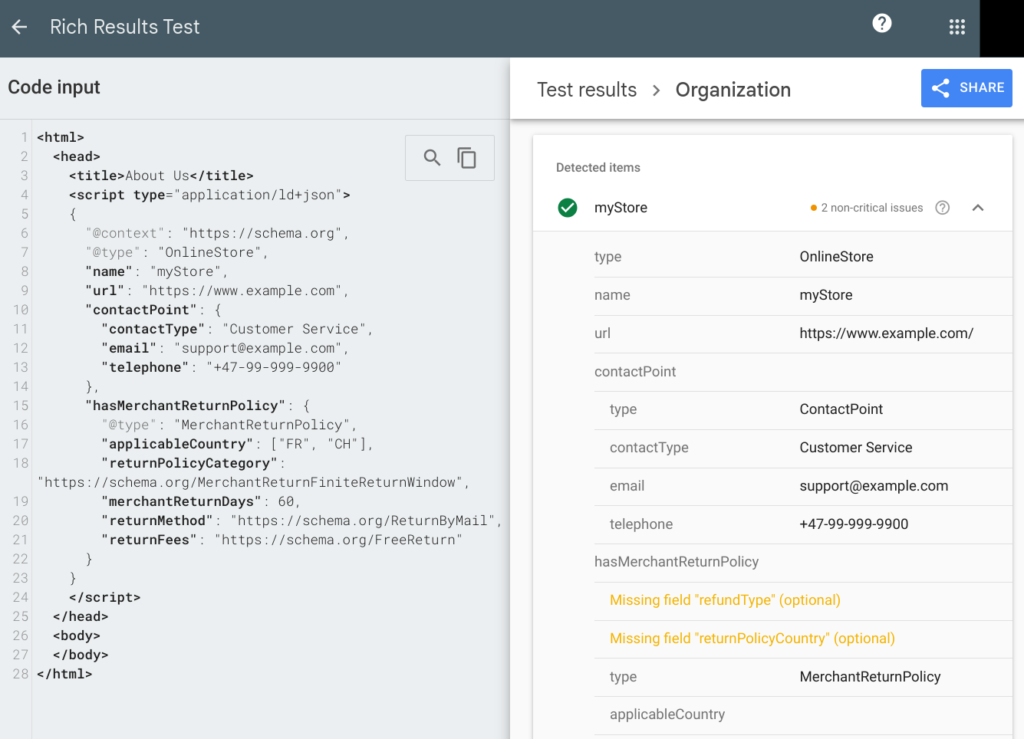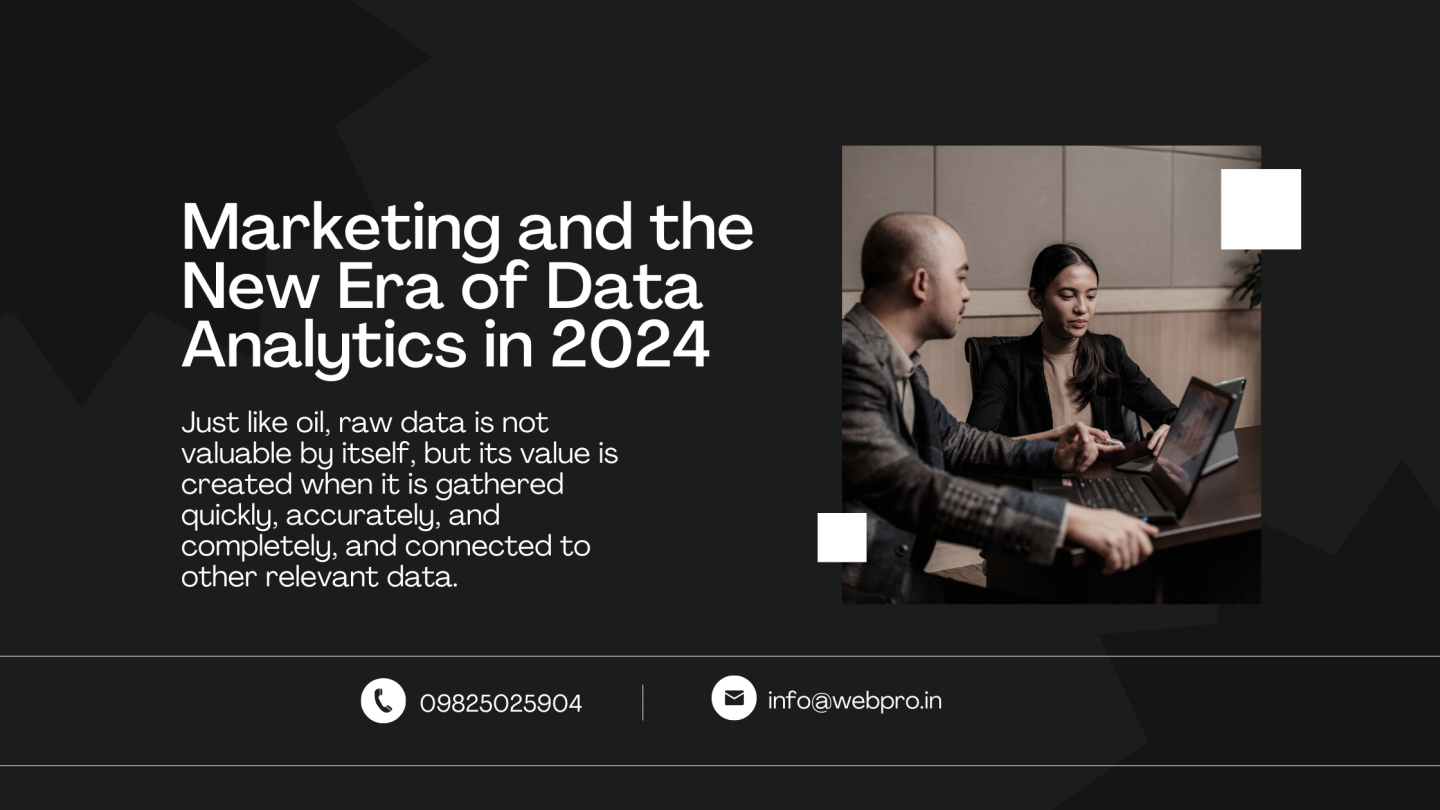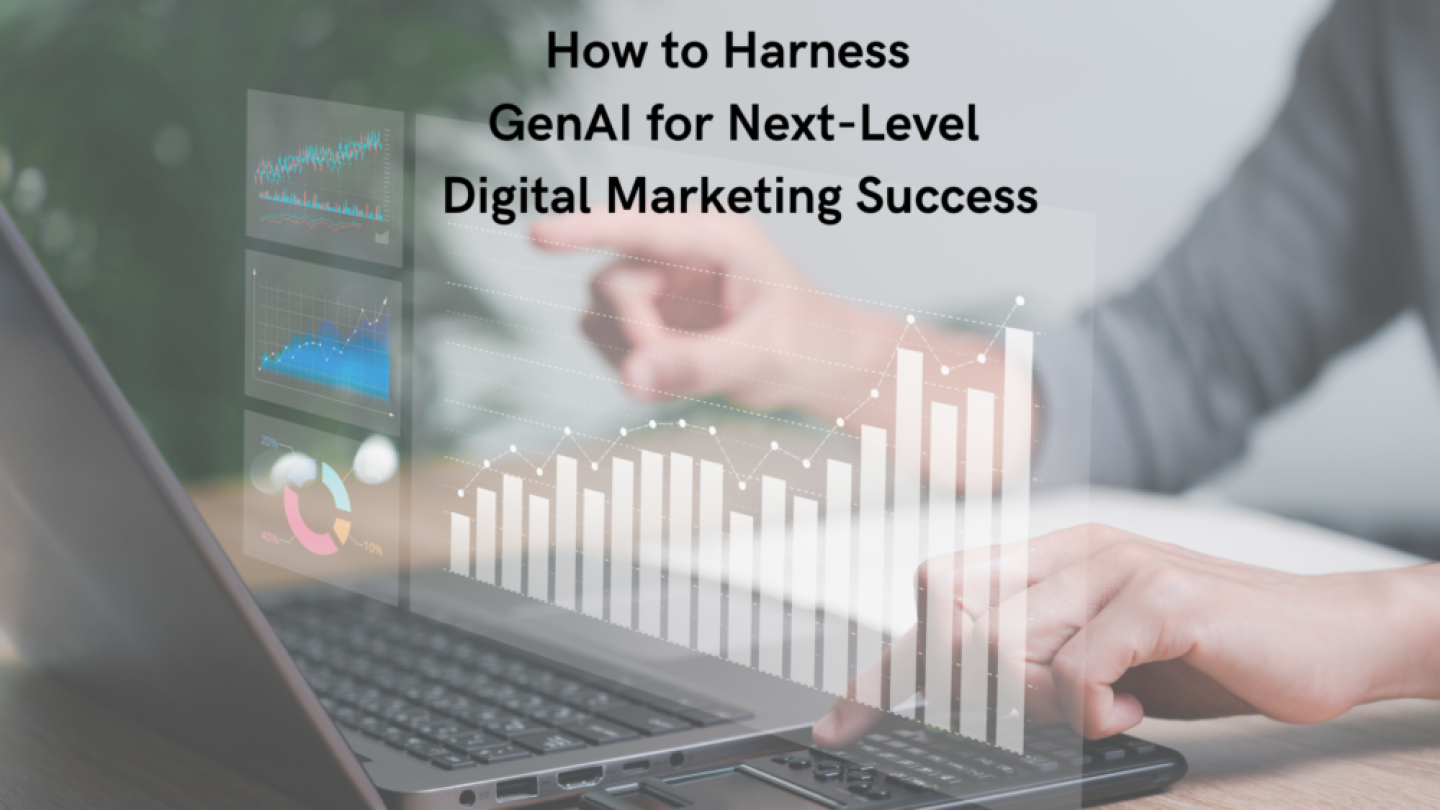In a significant change to the user experience, Google is bidding farewell to its continuous scrolling feature on search results. This update was first reported by Search Engine Land. Introduced to mimic the endless scrolling commonly seen on social media platforms, continuous scrolling was initially launched for mobile search results in October 2021 and later extended to desktop in late 2022.
However, this feature's time is up. According to a Google spokesperson, continuous scrolling will be removed from desktop search results today, with the mobile version following suit in the coming months.
So, what’s replacing continuous scrolling? On desktop, Google is reverting to its traditional pagination bar. This allows users to navigate to a specific page of search results or simply click "Next" to view subsequent pages. For mobile users, a "More results" button will appear at the bottom of the search results page, prompting the next set of results to load.
Why the Change?
A Google spokesperson revealed that the primary motivation behind this change is to enhance the speed and efficiency of search results. By eliminating the automatic loading of search results that users haven’t explicitly requested, Google aims to deliver a faster and more streamlined search experience.
What Does This Mean for Users?
While some users may miss the continuous scrolling feature, the return to pagination and the introduction of the "More results" button are expected to bring back a sense of control and predictability to the search experience. This change underscores Google’s commitment to continually refining its platform to meet user needs and improve overall performance.
As we bid farewell to continuous scrolling, it will be intriguing to observe how these updates will influence user behavior and the broader search landscape. Stay tuned for more insights and updates on this evolving story.
As this transition unfolds, it will be interesting to see how users adapt and whether this change will affect the overall search experience. For now, say goodbye to endless scrolling and hello again to pagination for the desktop search results.
















